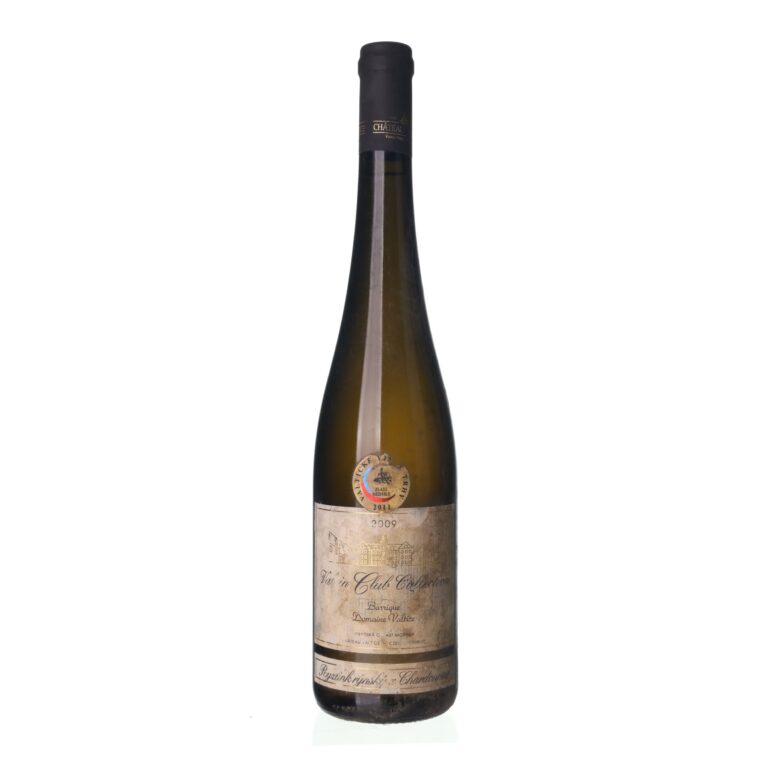What's the difference between semi-sweet and semi-dry wine?

One of the essential characteristics of a wine is its residual sugar content. This is a criterion we often use when selecting a wine to buy or to order in a restaurant when the waiter asks us about our preferences. Today, we’ll take a look at the difference between semisweet and semidry wine, which is not as insignificant as it may seem at first glance.
At the outset, let us recall that there are two basic concepts associated with sugar in wine. The first is its sugar content and the second is residual sugar content that we mentioned above.
While sugar content is related to the sweetness of the grapes and is measured during the pressing of the must, the residual sugar content is influenced by the process of fermentation – that is, the transformation of sugar into alcohol that takes place along with the production of heat and carbon dioxide.
The residual sugar content then expresses how much sugar has remained in the wine after its fermentation has ceased. This value is measured in grams per liter.
The difference between semi-sweet and semi-dry wine
According to the residual sugar content we can divide still wines into:
- Dry: no more than 4 g/l, or 9 g/l, if the overall acidity expressed in grams of tartaric acid per liter is 2 g/l lower
- Semi-dry: up to 12 g/l, or up to 18 g/l, if the overall acidity expressed in grams of tartaric acid per liter is 10 g/l lower
- Semi-sweet: up to 45 g/l
- Sweet: anything from 45 g/l and higher
If we take a look at the two categories that interest us, the difference between semi-dry and semi-sweet wine can be fairly significant. For example, a wine with a sugar content around 10 g/l will taste quite different from a wine whose sugar content is approaching the borderline of 45 g/l.
Both white and red varieties of grapes are used in the production of semi-dry and semi-sweet wine, and we can also find rosés in these categories. It’s necessary to watch over the fermentation process closely so that it can be stopped in time and the wine achieves the required values for alcohol and sugar.
A final tip
A wine’s sugar content determines its final taste, and thus also its suitability for combining with selected foods. You can recognize the difference between semi-sweet and semi-dry wine even at a well-designed feast. While you may take a semi-dry wine as an aperitif, semi-sweet wines will appear toward the end of the menu.
Also bear in mind the correct order for tasting wines, which goes like this: dry, semi-dry, semi-sweet, with sweet wine saved for last.
Do you want to know more? Read our article on serving and combining wine with food.
Select wines. In your email.
once every month. You can look forward to our recommendations, interesting content, and great offers for your archive for your archive.
By sending an email you agree to the Terms and Conditions for Protection of Personal Data





